Garmin Edge 130 Plus review
The Garmin Edge 130 Plus is the brand's smallest device but it's still a do-it-all powerhouse
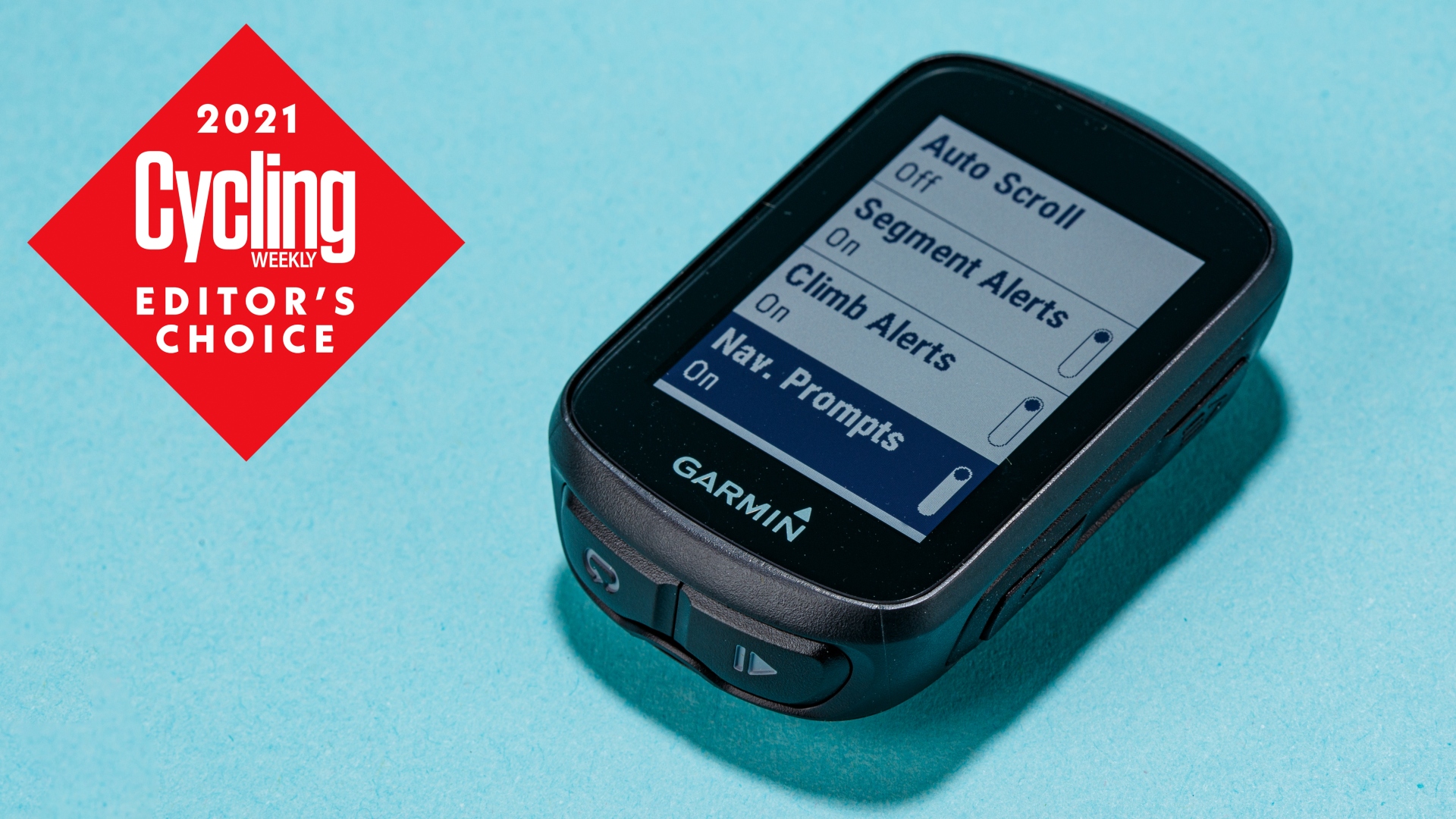
A fine tuned setup process, diminutive size and stable software make the Garmin Edge 130 Plus the easiest Garmin device to live with, a fit and forget powerhouse that'll cover 90% of riders with ease.
-
+
Small size
-
+
Feature packed
-
+
Stability
You can trust Cycling Weekly.
The Garmin 130 Plus, introduced at the start of the summer, bolsters the bottom end of Garmin's cycling computer range. It's more of an evolution than a revolution, but the new device picks up features that increase its versatility whilst retaining those that made its predecessor, the Garmin Edge 130, so popular.
Garmin Edge 130 Plus: Unboxing and Setup
Open up the box and you'll have the device, a standard mount, a USB cable and a tether to keep it all together. Disappointingly there's no out front mount included.
There's no major revolution in how the Edge 130 Plus is setup. It doesn't require being paired to your phone, but doing so removes the need to button mash your way through the setup process on the device. Pairing it to your phone also allows instant uploads to both Garmin Connect and third party apps such as Strava.
Watch: Garmin Edge 130 Plus review
One neat new update does allow the Connect App to recognise which sensors you regularly use (in my case heart rate) and auto transfer them to the new device. It also offers to auto transfer your riding profiles, but seeing as the 130 Plus doesn't support different profiles, it's not much use.
Once done the final steps are to edit your data pages. Despite the small screen I actually tend to jam my first data page with all of the metrics I want to track – it features about six different ones. I'm not one for scrolling and I want to be able to see my vitals at a glance. I'll then have an elevation screen if I'm doing extended climbing and a map screen as two other pages.
Garmin Edge 130 Plus: Design
Fans of the Edge 130 (including myself) will be relieved to see that Garmin has continued its 1.8" display, making it still the smallest device the brand makes, and one of the smaller devices available on the market. In a world where devices are growing in size continuously, sometimes smaller is better.
In total there are five buttons; a power button on the left, two scroll buttons on the right and two bumper buttons which start and stop rides as well as lap. Turn the device on and you're met with the home screen, which displays your battery life, GPS signal strength, phone connection and time as well as any sensors you may have paired to the device.
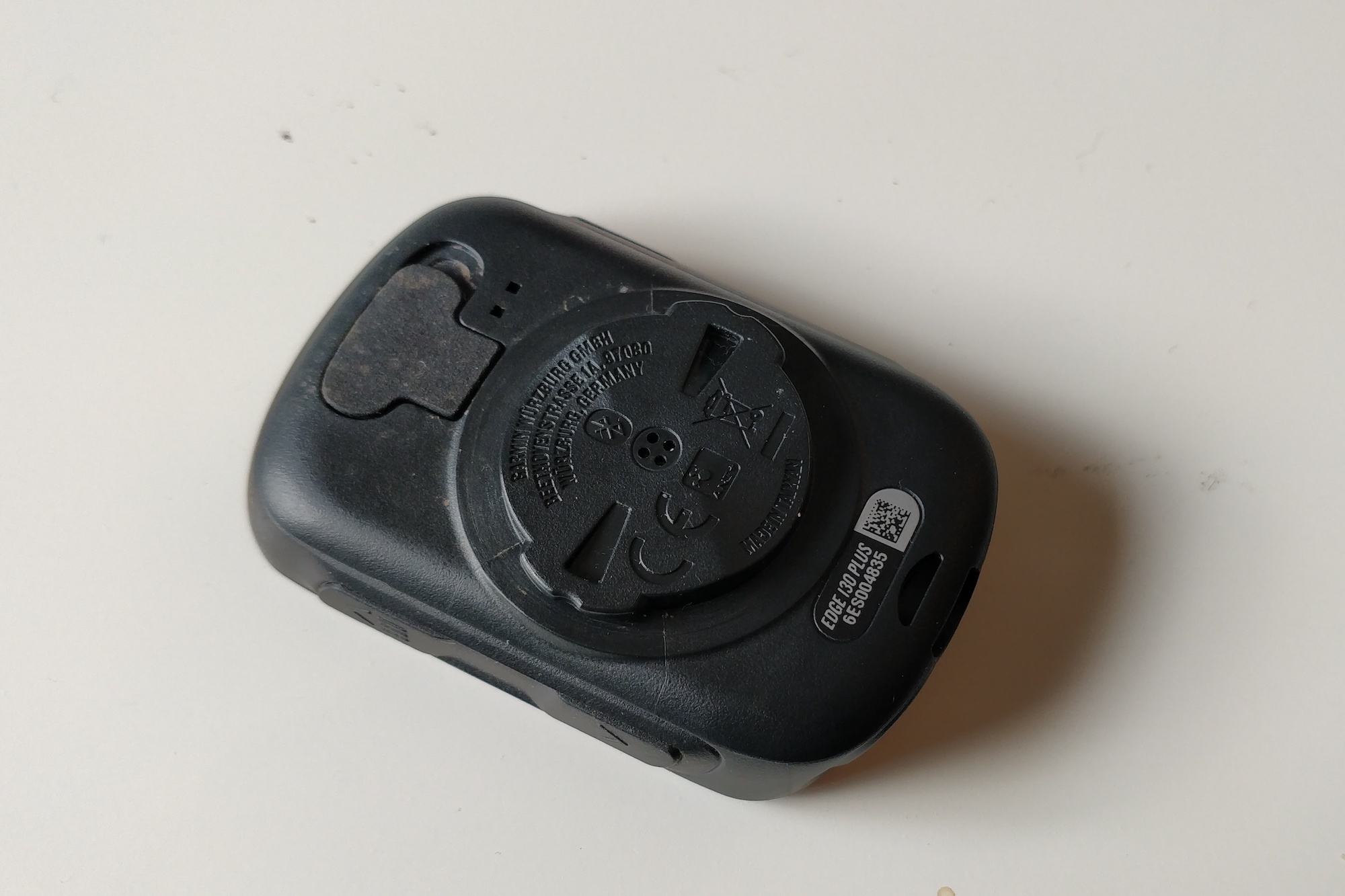
Unlike Garmin's other devices, the 130 Plus is a little more simple: you just have a 'ride' profile and are unable to make multiple different bike profiles, which gives customisation either depending on what bike you are using or what type of riding you're doing. It does offer you a choice of 'ride type', although this is used to categorise your riding rather than change any profiles.
Battery charging is taken care of via a micro USB port on the underside of the device, covered with a rubber flap. The device itself is rated water-resistant to an IPX7 rating and over the winter period I've truly put that to the test with no faults from the device.
Garmin Edge 130 Plus: Software
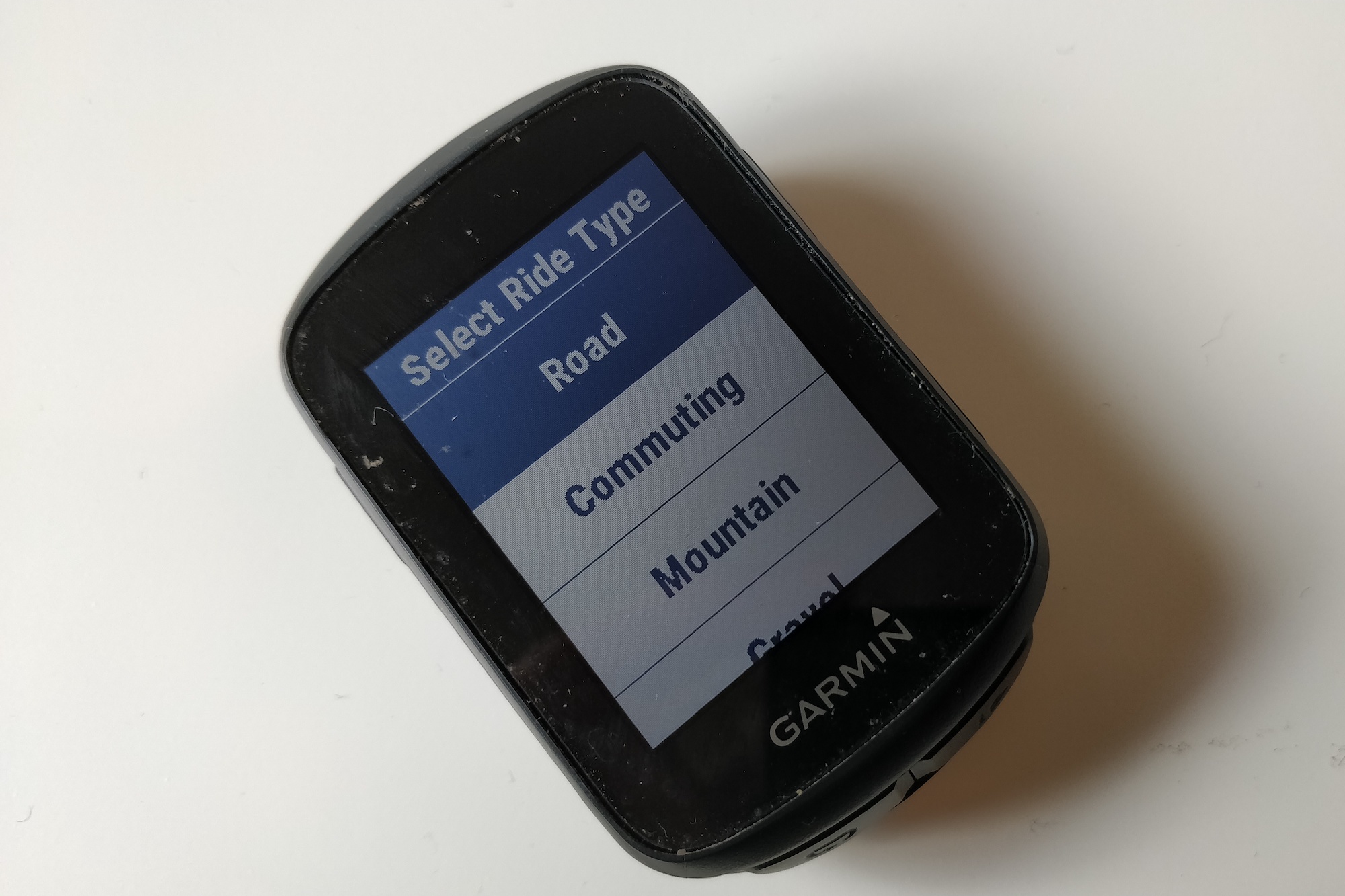
The biggest updates for the Edge 130 are mountain biking related, with the device now gaining new dynamics, including hang time which records distance and heights of jumps via a newly added accelerometer.
However, you also now get Garmin's 'ClimbPro' software, which details how many climbs are in a planned route, as well as giving additional details, including gradient profiling, distance to go until complete and elevation remaining. It's a useful feature for staying abreast of your course, especially if it's a big ride or if you're riding somewhere new.
It's also equipped with Garmin's PhysioTrueUp, which keeps your physiological data accurate across multiple different devices. It's useful if you use a Garmin watch to run or swim with, for example.
As standard, the software also includes staples of Garmin devices, including Strava Live segments, Vo2 Max calculator, and turn-by-turn prompts, although it uses a line map rather than a detailed one as found on higher end devices. In my mind this is the only real sticking point and those who like to explore or use mapping might want to go for a larger device.
Connectivity and Battery Life
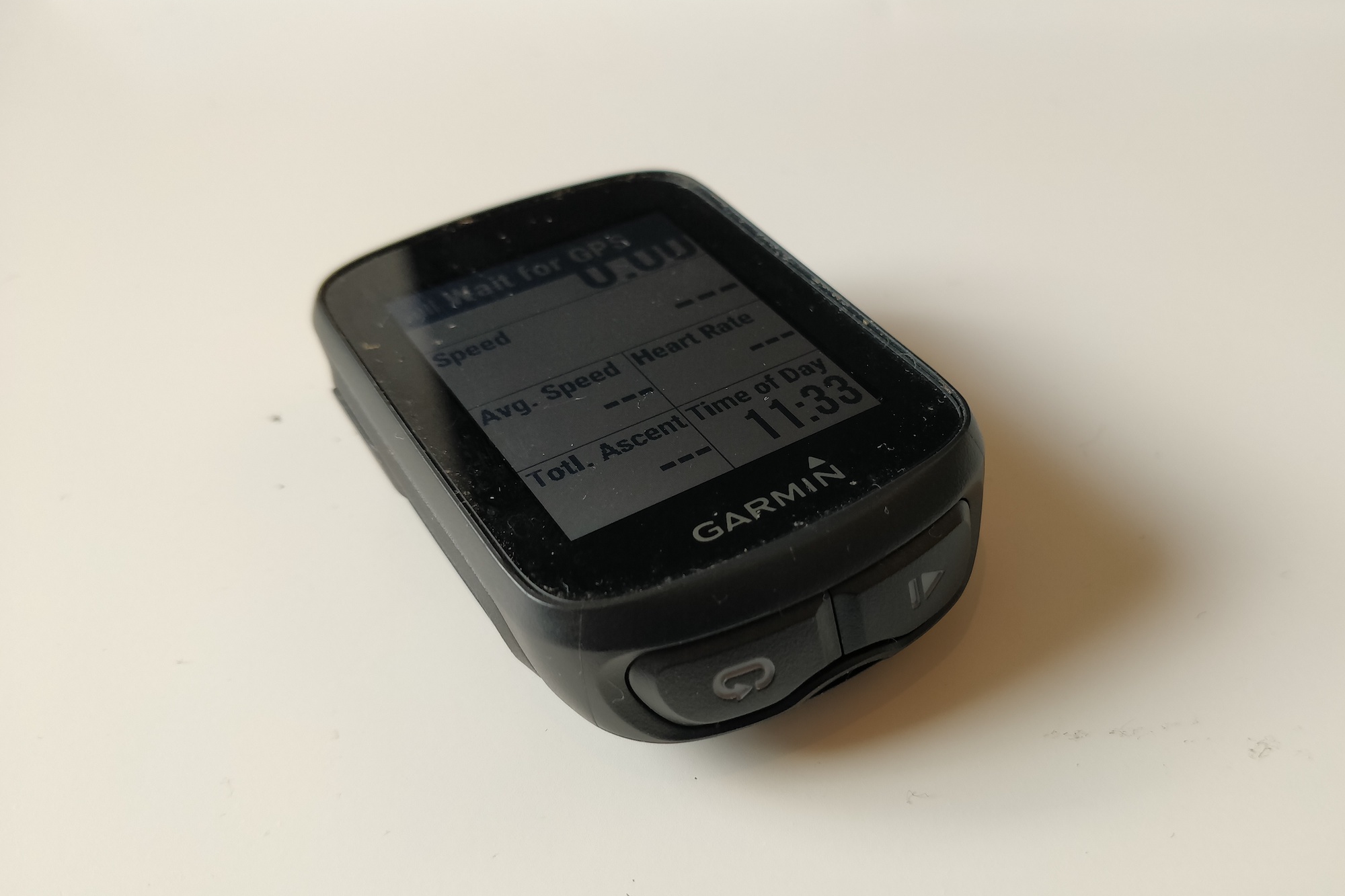
The Edge 130 Plus can partner with a full suite of training sensors on both Ant+ and Bluetooth, including power meter, heart rate, cadence, speed – the whole lot. It also makes use of three different GPS satellites, including GPS, Galileo and GLONASS.
For those that like to ride connected, I found the Edge 130 Plus held its connection to my phone much better than its higher end Edge 830 counterpart and that Garmin has finally allowed it to alert you to Whatsapp messages rather than just SMS. I've found it to be a remarkably stable device that hasn't featured any of the nuisance glitches sometimes associated with this field of tech. At first I thought that was probably because it does 'less,' but it really doesn't – this is a very capable device.
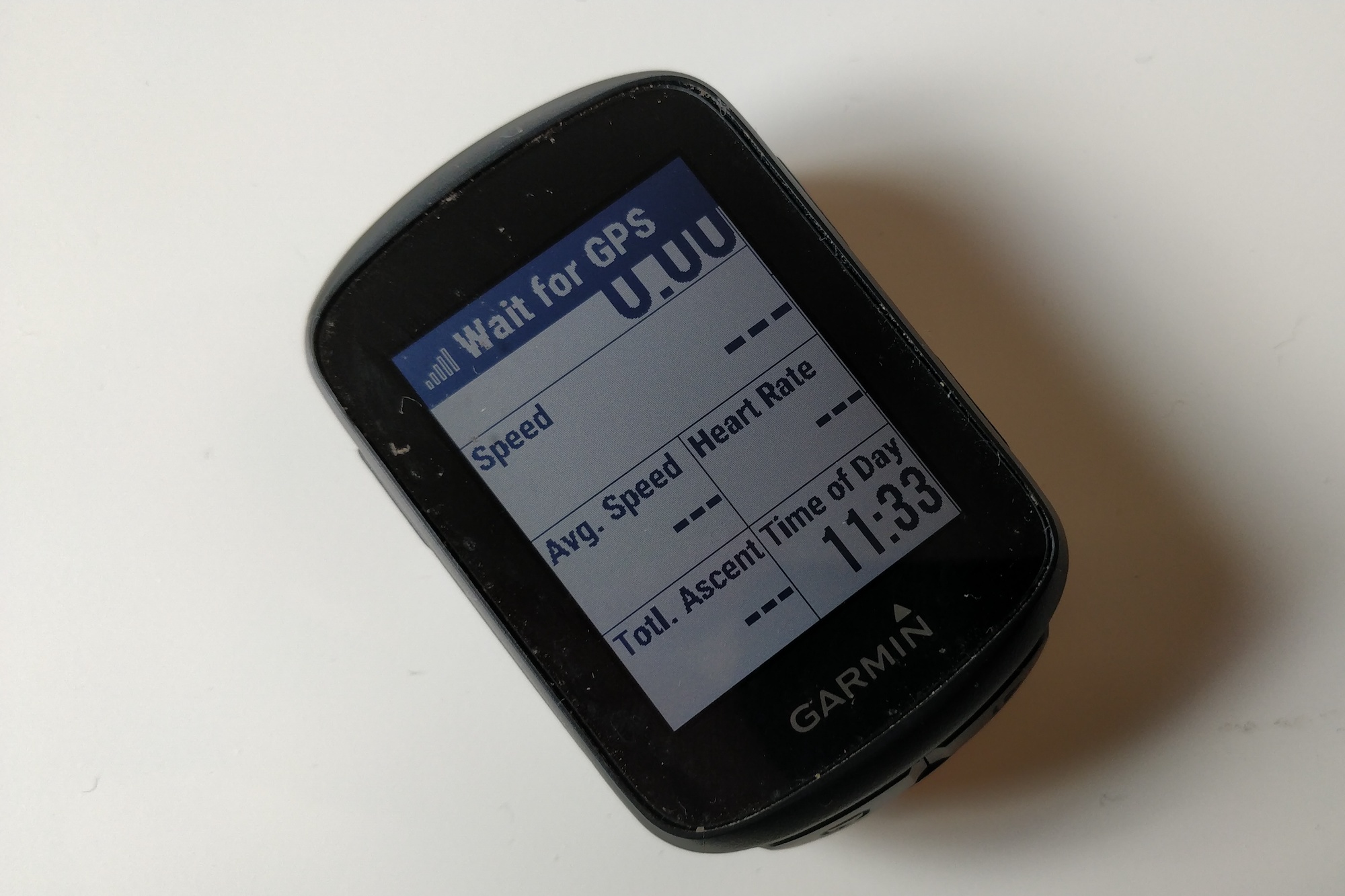
It claims to have a 12 hour battery life and I found I could get about four or five rides out of it before it needed some juice. Battery life is dependent on many factors but I found that a 100km ride with heart rate data took out about 40% of the device's battery.
Garmin Edge 130 Plus: Value
At £169.99, the Edge 130 Plus is £20 more expensive than the Edge 130, which still remains available to buy. Compared to competitors such as Cateye or Lezyne, both represent an expensive entry point to cycling computers although they're in line with the Wahoo Elemnt Bolt, the natural comparison for the Edge 130 Plus.
However, when you considered that the Edge 130 Plus is a veritable powerhouse in a diminutive form, I think it offers great value. It'll be as happy sitting on your commuting bike ticking away the kilometres as it would on a 100km ride and I think it covers a lot of bases, including lighter navigational duties.

Thank you for reading 20 articles this month* Join now for unlimited access
Enjoy your first month for just £1 / $1 / €1
*Read 5 free articles per month without a subscription

Join now for unlimited access
Try first month for just £1 / $1 / €1
Get The Leadout Newsletter
The latest race content, interviews, features, reviews and expert buying guides, direct to your inbox!
-
 'This race is absolutely disgusting': Peloton reacts to another brutal Paris-Roubaix Femmes
'This race is absolutely disgusting': Peloton reacts to another brutal Paris-Roubaix FemmesNow in its fifth edition, Paris-Roubaix Femmes is still a tough race, even for the best bike riders in the world
By Adam Becket Published
-
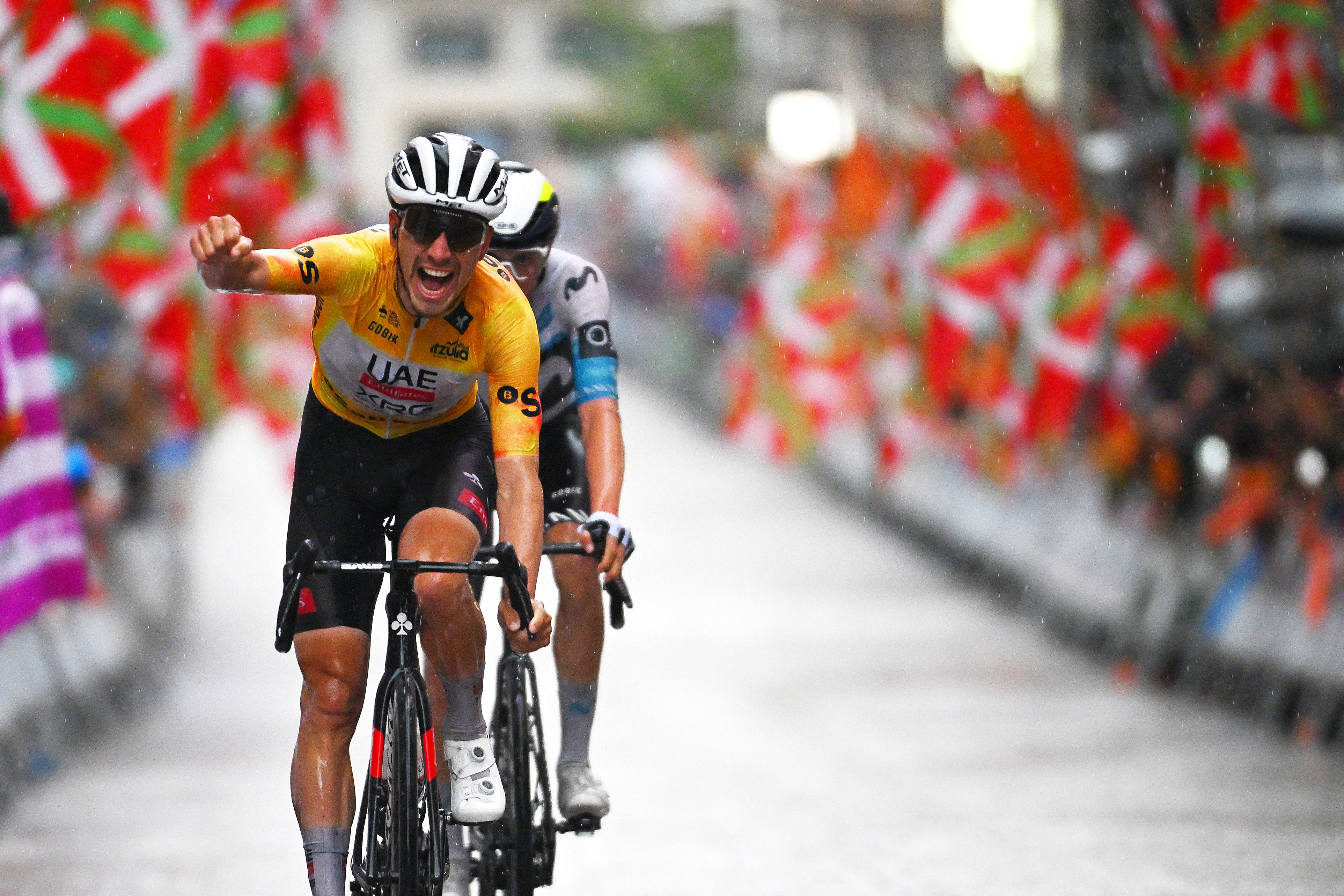 ‘It’s the biggest win of my career’ says João Almeida after crushing Itzulia Basque Country success
‘It’s the biggest win of my career’ says João Almeida after crushing Itzulia Basque Country successUAE rider wins the final stage to finish almost two minutes clear of Enric Mas on GC, with Max Schachmann in third
By Peter Cossins Published
-
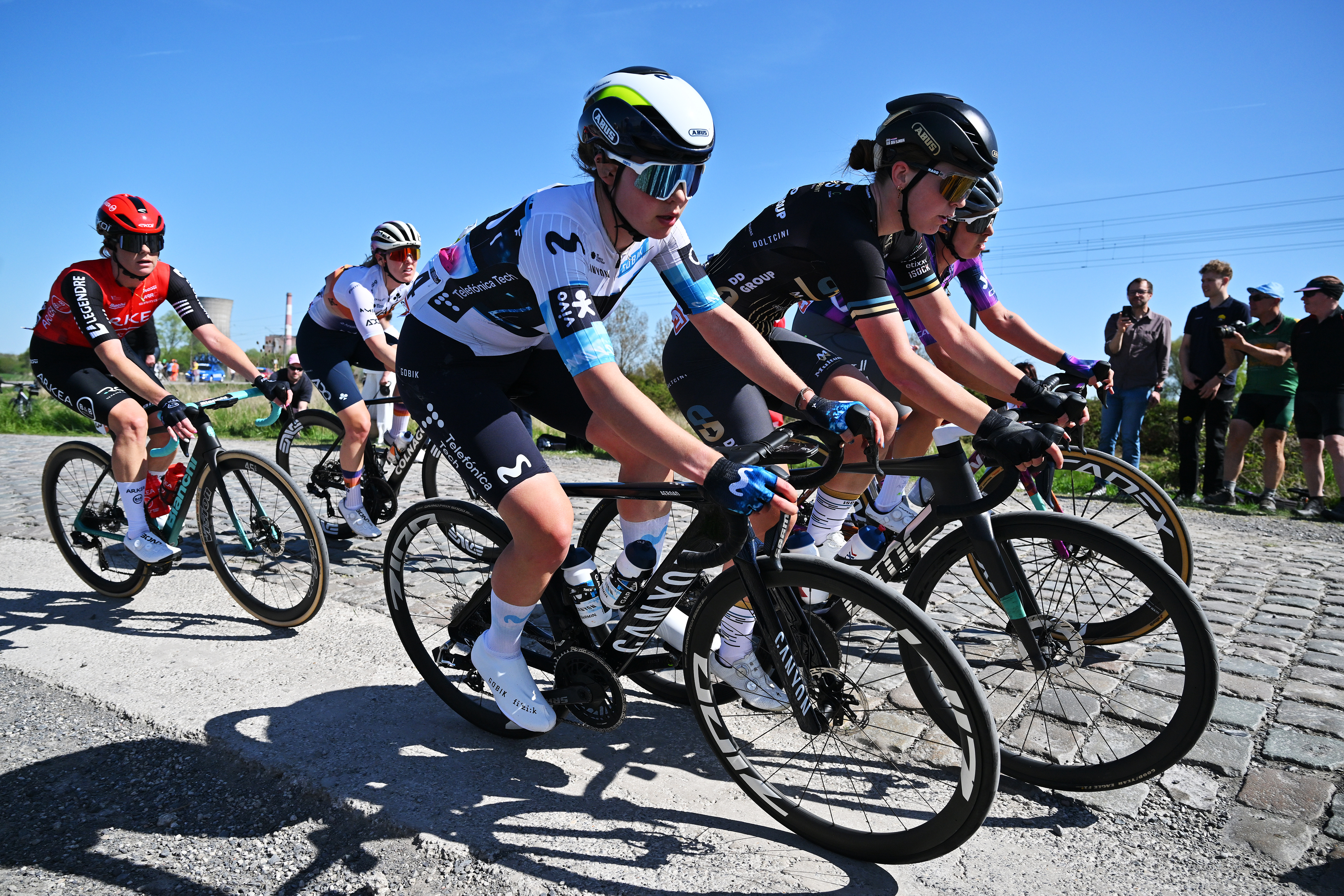 'I have an exam in a month and a half' - Carys Lloyd becomes Paris-Roubaix's youngest ever rider
'I have an exam in a month and a half' - Carys Lloyd becomes Paris-Roubaix's youngest ever riderBritish teenager and A-Level student makes it to the velodrome on debut
By Tom Davidson Published